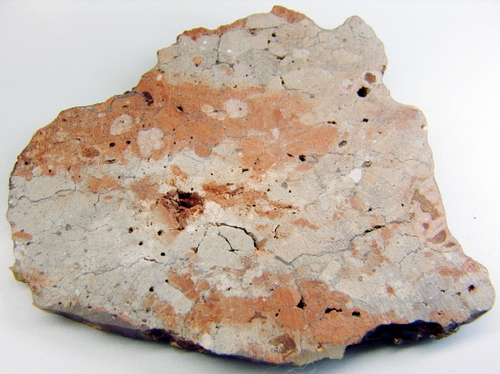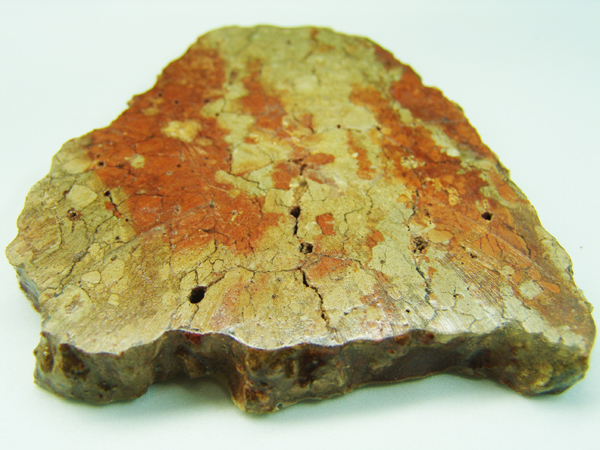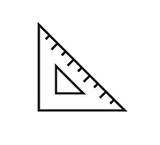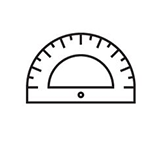![]()
일반명 : 충격암(Impact Rock,운석의 충격으로 변화된 운석공 주변의 돌)
학명(Crater Name) : Puchezh-katunki
발견지(Location) : Nizhny Novgorod, Russia
위도(Latitude) : N 56° 58'
경도(Longitude) : E 43° 43'
운석구작용직경: Diameter (km) : 80
만들어진시기 : Age (Ma)* : 167 ± 3
Exposed : N
Drilled : Y
Target Rock** : M
DRILLING THE VREDEFORT CENTRAL UPLIFT, SOUTH AFRICA - PETROGRAPHIC, GEOCHEMICAL AND STRUCTURAL RESULTS
GIBSON, Roger L.1, REIMOLD, Wolf U.1, ASHLEY, A. James1, and KOEBERL, Christian2, (1) School of Geosciences, Univ of the Witwatersrand, Private Bag 3, P.O. Wits 2050, Johannesburg, 2050, South Africa, 065wur@cosmos.wits.ac.za, (2) Institute of Geochemistry, Univ of Vienna, Althanstrasse 14, Vienna, A-1090, Austria
The Vredefort Dome, an 80 km wide structure within Archean and Paleoproterozoic rocks of the Kaapvaal craton, contains a variety of unusual deformation features (shatter cones, high-pressure quartz polymorphs, planar microdeformation features in quartz) that indicate its origin as the result of a large, 2.02 Ga, meteorite impact event. Three shallow (maximum length 300 m) boreholes drilled in the poorly-exposed central parts of the dome intersected Archean granitoid and migmatitic tonalitic-trondhjemitic gneisses and subsidiary mafic-ultramafic granulites that show evidence of comprehensive recrystallization to extremely fine-grained (<50 microns) high-T assemblages and partial to total destruction of the Archean fabrics. Locally, unusual granoblastic-textured breccias up to 50 cm wide are found associated with small-scale slip surfaces. Petrographic and mineral and bulk-rock geochemical data indicate that the rocks experienced extremely variable levels of melting of plagioclase, K-feldspar, biotite and hornblende but that quartz and pyroxene were not affected. Textures support shock melting of individual mineral grains, followed by high-temperature crystallization and/or recrystallization, rather than eutectic melting. The extremely fine grain size of the post-shock assemblages indicates unusually rapid cooling. The small-scale variability of melting in the rocks is attributed to heterogeneous shock pressure distribution, probably in response to mechanical heterogeneity within the gneisses. The granulitic breccias are interpreted as the product of enhanced melting, probably aided by frictional heating along slip surfaces. Maximum shock pressures of between 30 and 45 GPa and shock temperatures of 1350-1400 °C are estimated. These granulitic impactites resemble in many ways the lunar granulites that have previously been interpreted as contact-metamorphosed fragmental impact breccias. Similar granulites have also recently been described from a 5-km-deep borehole in the central uplift of the 80-km-wide Puchezh-Katunki impact crater in Russia, suggesting that they could be a diagnostic feature of large central uplifts.













 확대보기 및 상세정보
확대보기 및 상세정보